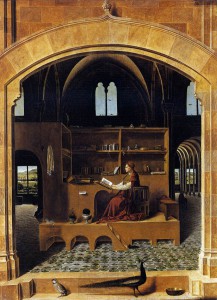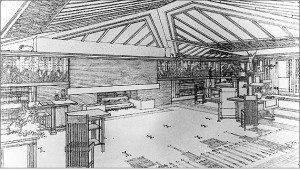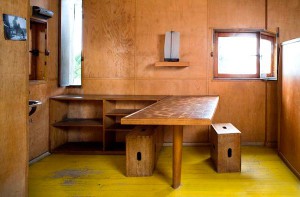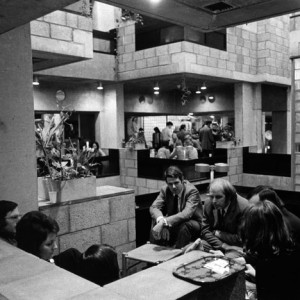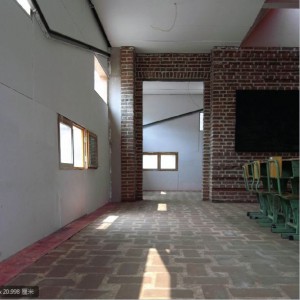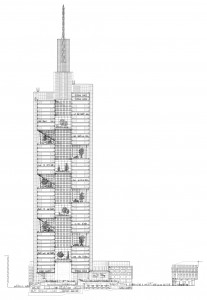THE ETERNAL UNDER FAST CONSTRUCTION CONTEXT
|
“The time of history is too coarse and brief to be an evenly granular duration such as the physicists suppose for natural time; it is more like a sea occupied by innumerable forms and a finite numbers of types.” George Kubler “We need to remember that architecture began not only with creating shelter but also with ritual – the spatial arrangement of collective acts that forge community and heighten experience and meaning. Such rituals range from those as mundane as telling stories around a campfire to once-in-a-lifetime pilgrimages along a set route to a sacred spot, the vestiges of which remain in gathering around the dining table and processing down a church nave.” Peter Buchanan
WHY? Architectural prototypes exist in different regions with varying cultural background but they share the same property of arising people’s common emotion, memory and hence the sense of place and aliveness. Progress in technology, however, is accompanied by the loss of a sense of place and aliveness. Fast construction is basically considered as a response to the technology advancement, or a method to meet the expanding urbanization, to adapt to the deteriorating environmental issues, and to accelerate the process for more economic profit. Gradually, fast construction serves an active role for the use of the free plan, introducing flexibility in the looseness of definition, then fulfillment of individual’s specific expectations. New methods of construction are no doubt bringing convenience, efficiency, and sponsoring spontaneity and choices. Despite of its merits mentioned above, fast construction currently overshadows or omits people’s seeking for emotional resonance and sense of belongings. According to Maslow’s hierarchy of needs and the condition of our era, more people will go for “sense of belongings” after attaining the basic requirements for safety and physiology. We would not like to see architecture become a place to pass by rather than stay in, through which communication can be triggered. In this sense, it is worthwhile and interesting to pursue the eternal existing in fast constructed buildings. At here, I am not going to criticize this way of construction but to seek a method for creating sense of belongings adapted to fast construction.
WHAT? It is true that many methods may help create the sense of belongings like using ornaments, materials, and space prototype. But this project will mainly focus on studying the typology of a certain region to achieve the sense of belongings highly combined with the construction method being used. The site may locate in the southern part of China in which fast construction is very common. It is better to choose a site in the suburb area of the city. The scale to deal with should be like a community or in other words, a cluster of architecture. Design and study will mainly come along with the steel structure, the material of which bearing the most characteristics of coldness and detachment, in which case, challenges occur more often. Construction ways should be identified which are highly related to the regional condition.
HOW? 1. Careful study of typology, better if concerning the region and culture of the site BIBLIOGRAPHY 1. Peter Buchanan, The Big Rethink from the Architectural Review
|
